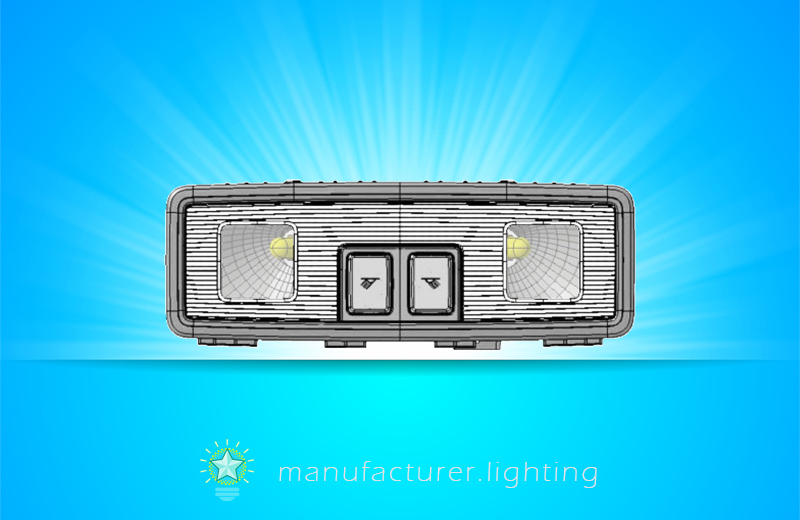
Vehicle interior lights are designed to provide sufficient functional lighting in the vehicle compartment to allow passengers to safely enter and exit the vehicle at the time of darkness (night time, dusk, inside parking structures, etc.). Lighting plays a important role in the way the car's environment is perceived and this in turn determines the drivers' and passengers' comfort. The interior lighting makes it possible for the driver and passengers to be able to stow/retrieve personal belongings (purses, phones, etc.), fasten/unfasten restraint belts, and in general be comfortably situated in the vehicle. Lighting within the passenger compartment of automotive vehicles also has aesthetic considerations. Attractive lighting in appropriate colors and intensities may create an emotional connection with the driver and passengers which may contribute greatly to the vehicle ownership experience. Automotive vehicles are typically equipped with one or more dome lights which are turned on when the vehicle door is opened or unlocked for ingress and egress within the vehicle or otherwise turned on by a passenger to provide lighting on demand. In addition to a ceiling light between the driver and passenger seat, nowadays it is very common to also integrate foot well lights, glove box lights, etc., inside the vehicle. Automotive vehicles are often times equipped with a plurality of reading or map lamps that provide ambient lighting to allow passengers to read, view maps, and otherwise aid in vision. Some vehicles make use of a reading or map light to serve also as the dome light which provides one light color at one light intensity for both lighting applications. Additionally, the vanity mirror assembly usually has a mirror and one or more lights to deliver local lighting sufficient to enable a user to view an image, and in particular when ambient lighting conditions are undesirable. The vanity mirror light is activated on only when the visor is in the use position and a lid of the vanity mirror is opened or uncovered. Many automobile lighting systems include an ambient lighting sensor that is utilized to automatically turn on or off the exterior vehicle lights in response to the detected ambient light being below or above a threshold value. In general, these lighting systems are designed to utilize an approximately 12V power supply for powering both the interior and exterior lights. In some passenger transport vehicles, LED reading lights have started to become common place and have started to take the place of conventional halogen lights. These LED reading lights are exemplarily used as seat lamps or reading lights and also other interior lights in the passenger cabin.
